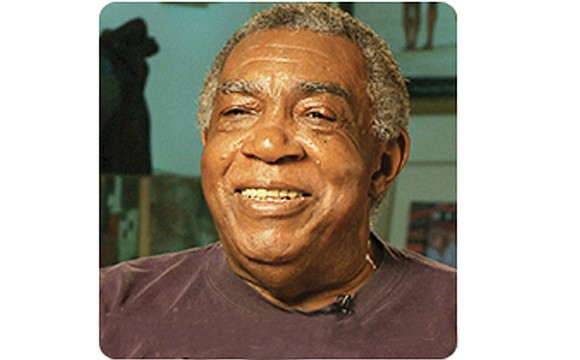Truth of Black-on-Black crime remains 28 years later, by A. Peter Bailey
10/1/2020, 6 p.m.
In a 1992 column for the Richmond Free Press, I wrote, “Someone should tell young Black males who are killing each other with such deadly efficiency that they are being allowed to do so precisely because they are killing each other. The harsh reality is that there are many white people in this city who believe that it is cheaper to let them kill each other off than to educate them or to keep them in jail.”
Two years later, I wrote, “I have a suggestion on how to more effectively combat street crime in Black neighborhoods in Richmond, which is to put all Black police officers in our inner-city neighborhoods. ...
This would eliminate race as a major factor in crime control by taking this cover out of the hands of the minority of residents who indulge in criminal behavior, mainly against their own people. Many Black people, for legitimate historical reasons, don’t trust white police officers. Black criminals are well aware of this situation and take advantage of it.”
In a 2009 column distributed by the National Newspaper Publishers Association’s Newswire, I noted that my all-Black police officer position “...was based on the premise that many, if not most, Black officers either live in inner-city neighborhoods or have relatives or friends who live there. Thus, they have a much more vested interest in safety in such neighborhoods than their white counterparts.
“I believe that Black police officers have a better chance of sifting out information from people in the neighborhood than white cops, most of whom don’t give a you-know-what about inner-city neighborhoods. Their chief goal is to prevent inner-city street crime from spreading into other parts of the city. It must be admitted that they have been very successful in doing this; it doesn’t take a rocket scientist to know that if Black street criminals were killing or brutalizing whites on any income level, from street bums to corporate executives, the way they kill and brutalize each other, they would be stopped by any means necessary.
“What the young street criminals fail to comprehend is that their destructive behavior towards each other and towards their communities is allowed, sometimes encouraged, by a system which regards them as expendable. By their behavior, the minority of young Black people who disrupt their communities have, for all practical purposes, become allies of white supremacists/racists.”
That is as true in 2020 as it was in 1992, when I first wrote about the subject.
There are organizations within inner-city communities throughout the country who are trying to deal with this unfortunate situation. They have earned and deserved support from all of us who really care about the present and future of Black folks in this country.
The writer is an author and journalist based in Washington.







